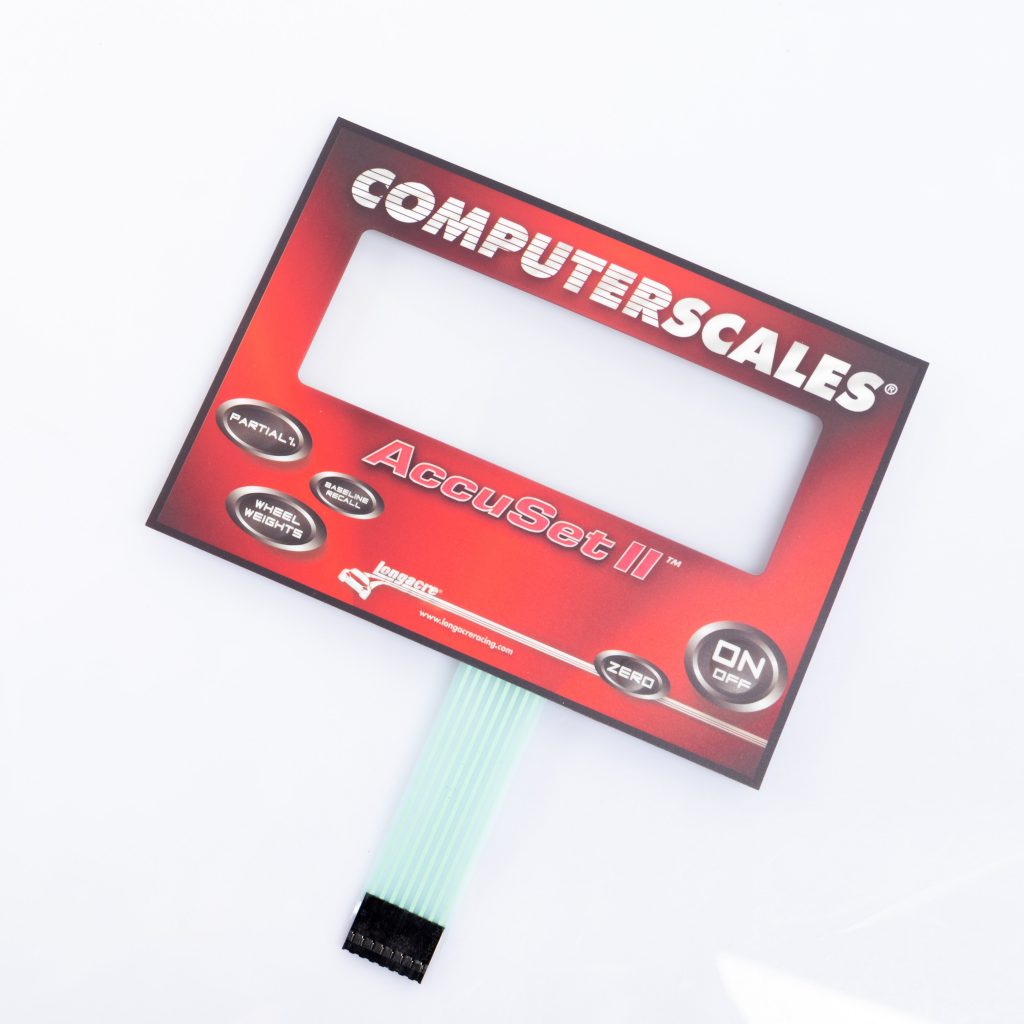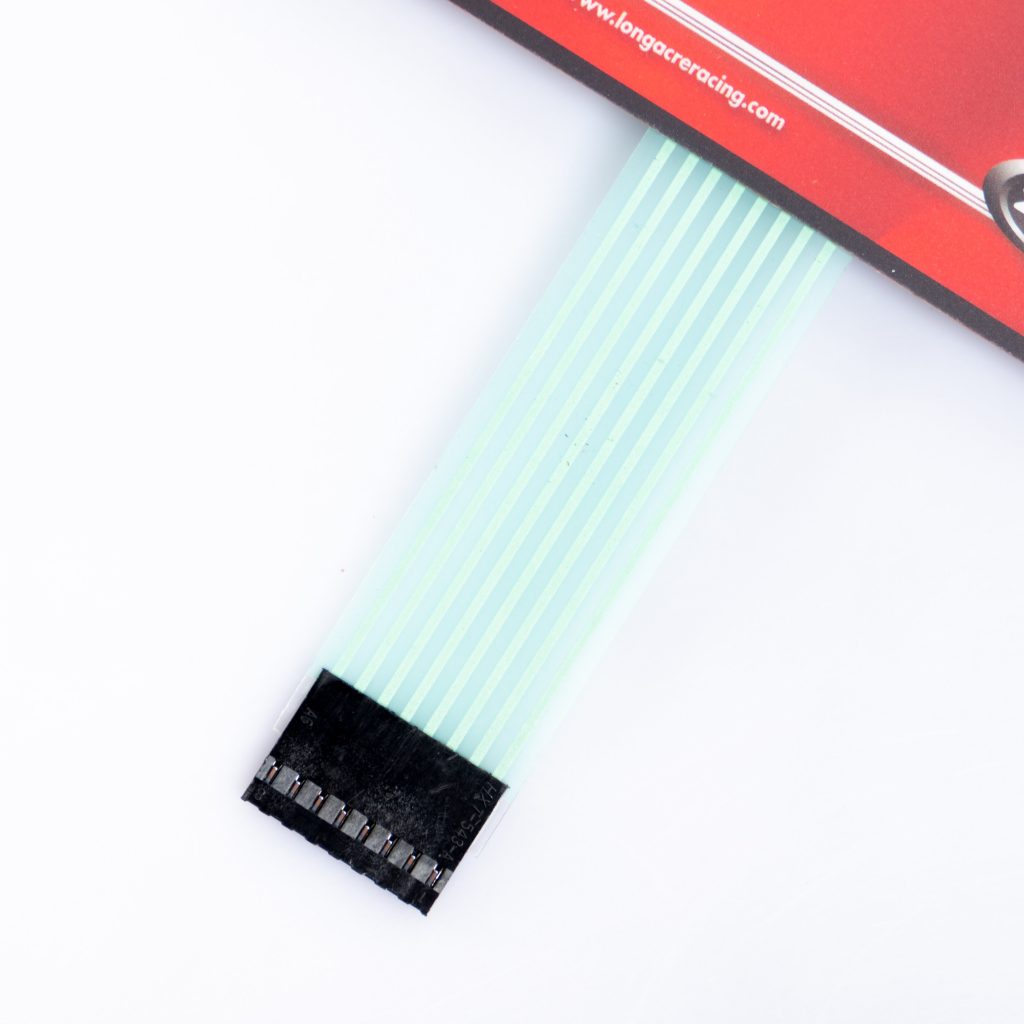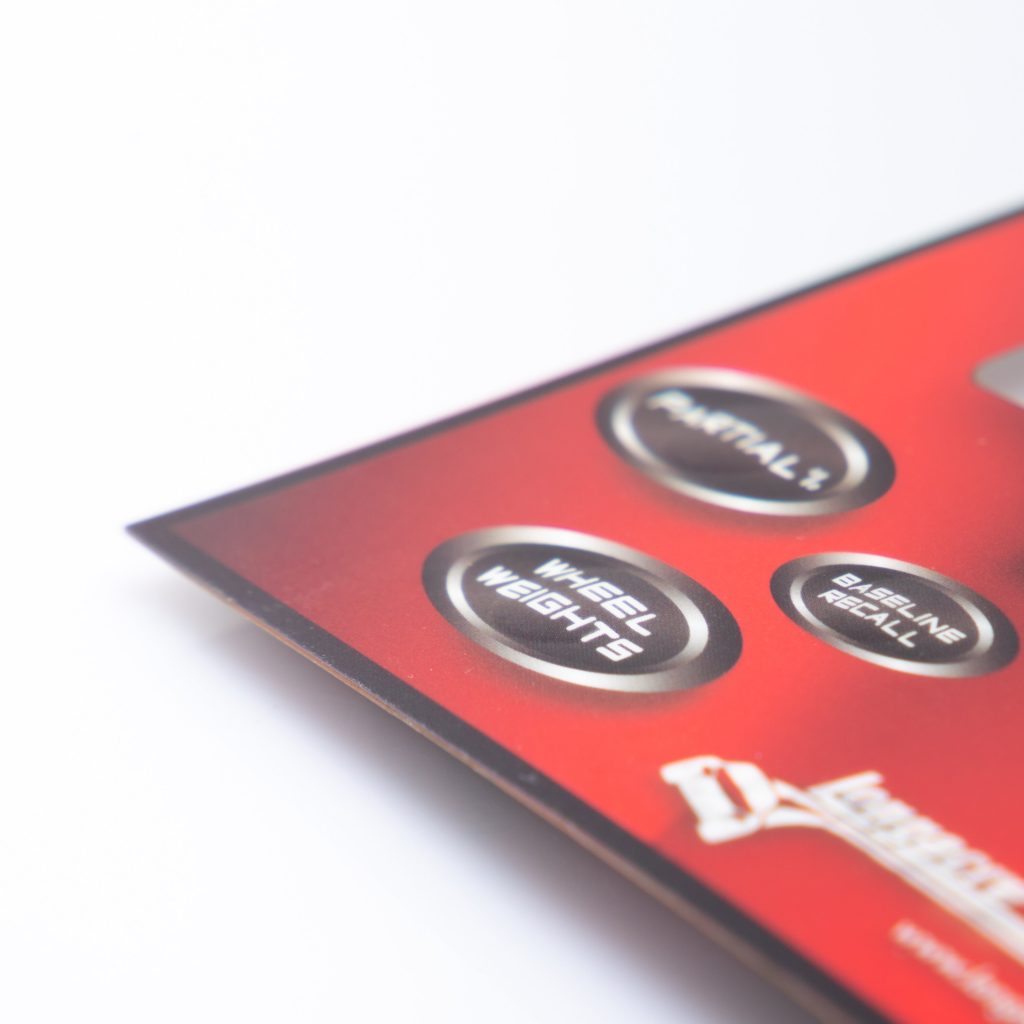Contact
Write to Us And We Would Be Happy to Advise You.
Do you have any questions, or would you like to speak directly with a representative?
By hqt
In the world of marine equipment, membrane switches play a crucial role in ensuring smooth operation and control of various systems. These switches provide a reliable interface between the user and the equipment, allowing for efficient functionality in marine applications. However, when it comes to membrane switches in marine equipment, standardization and material selection are of utmost importance. This article explores the significance of standardization, the considerations for selecting materials, and provides insights into the application of membrane switches in marine equipment.



Marine equipment operates in demanding and challenging environments, where exposure to moisture, saltwater, extreme temperatures, and vibrations is common. Standardization ensures that membrane switches meet the required industry standards for reliability, durability, and performance in such harsh conditions. The following paragraphs highlight the key aspects of standardization and its relevance in marine equipment.
The Importance of Standardization
Standardization in membrane switches for marine equipment is crucial to ensure compatibility, interoperability, and safety. It allows manufacturers to produce switches that meet specific guidelines and regulations set by regulatory bodies, such as the International Electrotechnical Commission (IEC) and the International Organization for Standardization (ISO). These standards cover various aspects, including electrical performance, environmental resistance, and mechanical endurance.
By adhering to standardized designs and manufacturing processes, membrane switches can withstand the challenging conditions encountered in marine environments. Standardization also facilitates easier integration with other equipment and systems, enabling seamless operation and control.
Standardization Bodies and Certifications
Several standardization bodies and certifications are relevant to membrane switches in marine equipment. Some of the notable ones include:
By seeking membrane switches that conform to these standards and certifications, marine equipment manufacturers can have confidence in the reliability and safety of the switches they integrate.
When selecting materials for membrane switches in marine equipment, certain considerations must be taken into account. The marine environment is highly corrosive due to the presence of saltwater, humidity, and constant exposure to moisture. The materials used must exhibit excellent resistance to corrosion, as well as provide reliable electrical performance. Let’s explore some of the materials commonly used in membrane switches for marine applications.
Polyester, also known as PET, is a popular material choice for membrane switches in marine equipment. It offers excellent durability, chemical resistance, and dimensional stability. PET is resistant to moisture, making it suitable for marine applications where exposure to water is common. It can withstand prolonged UV exposure without significant degradation, ensuring long-term performance in outdoor marine environments.
Polycarbonate is another widely used material in membrane switches for marine equipment. It possesses high impact strength, exceptional optical clarity, and resistance to UV radiation. Polycarbonate can withstand harsh weather conditions, including extreme temperatures and humidity. It also offers excellent resistance to chemicals and abrasion, ensuring the longevity of membrane switches in marine applications.
Silicone rubber is commonly used as a sealing material in membrane switches for marine equipment. It provides effective protection against moisture and contaminants. Silicone rubber exhibits excellent flexibility, allowing for reliable sealing around the switch components. It also offers good resistance to UV radiation and maintains its elasticity over a wide temperature range.
Stainless steel is frequently employed for the domes and backplates of membrane switches in marine equipment. It offers exceptional corrosion resistance, even in saltwater environments. Stainless steel withstands exposure to moisture, high humidity, and extreme temperatures without compromising its structural integrity. Its robustness and durability make it an ideal material choice for marine applications.
By carefully selecting these materials, marine equipment manufacturers can ensure the longevity and reliability of membrane switches in their products.
A1: When selecting membrane switches for marine equipment, it’s important to consider factors such as environmental resistance, electrical performance, adherence to industry standards, and compatibility with other equipment.
A2: Standardization ensures that membrane switches meet specific guidelines and regulations, enhancing compatibility, interoperability, and safety. It allows for easier integration, seamless operation, and control in marine equipment.
A3: Yes, certifications such as IEC 60529, ISO 9001, ISO 13485, and UL 94 are relevant to membrane switches in marine equipment. These certifications ensure compliance with quality standards and safety regulations.
A4: Material selection is crucial as marine environments are highly corrosive. The chosen materials must exhibit excellent resistance to corrosion, moisture, UV radiation, and offer reliable electrical performance to ensure long-term functionality.
A5: Polyester (PET) offers excellent durability, chemical resistance, and dimensional stability. It is resistant to moisture and can withstand prolonged UV exposure, making it suitable for marine applications.
A6: Stainless steel provides exceptional corrosion resistance, making it ideal for marine environments. It withstands exposure to moisture, saltwater, extreme temperatures, and humidity without compromising its structural integrity.
Membrane switches play a vital role in marine equipment, enabling efficient operation and control in challenging environments. Standardization ensures that these switches meet industry guidelines and regulations, enhancing compatibility and safety. Material selection is equally important, considering the corrosive nature of marine environments. Polyester, polycarbonate, silicone rubber, and stainless steel are among the commonly used materials, offering excellent resistance to corrosion and reliable performance. By adhering to standardization and carefully selecting materials, marine equipment manufacturers can ensure the reliability, durability, and functionality of membrane switches in their products.
Do you have any questions, or would you like to speak directly with a representative?